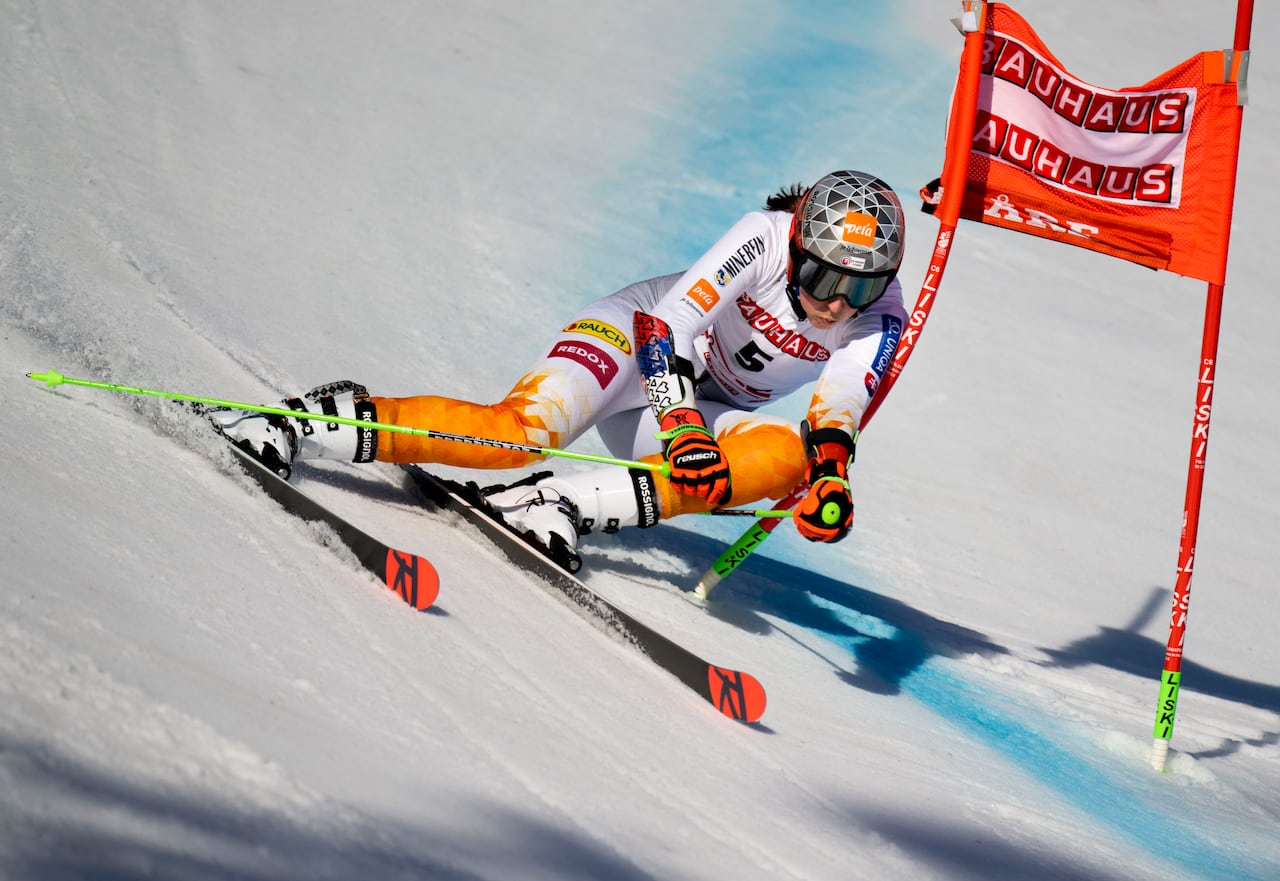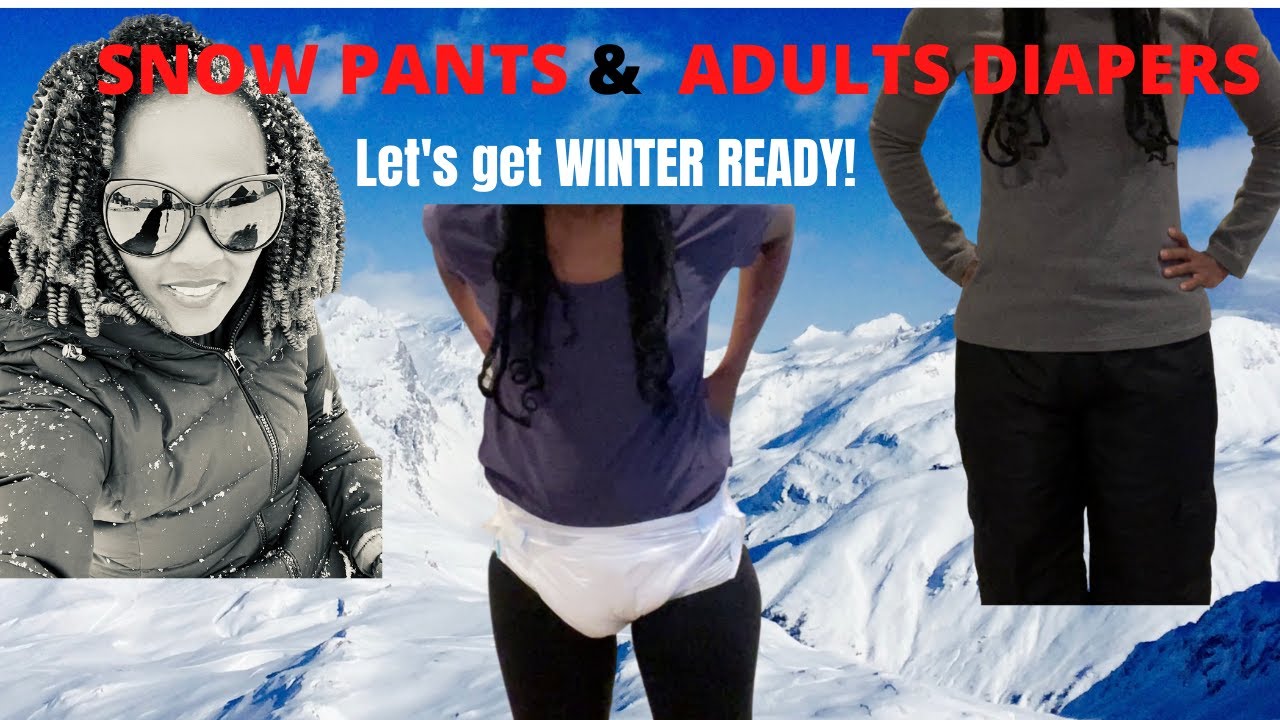
The arcteryx winter jacket is the perfect piece of gear to skiers and snowboarders who love to venture out in cold conditions. The arcteryx jacket is made with high quality materials. It has great durability. The jacket's shell material is soft to touch, and doesn’t feel stiff or stiff. This is critical for a jacket that is likely to rub on rocks or ice during skiing or snowboarding.
This fabric is extremely breathable and won't retain heat. You should look for jackets with breathability levels between 10,000 and 15,000 grams per m2 when you are riding in high-output resorts or on powder days. Backcountry snowboarders and uphill athletes should aim for even more breathability -- 20,000 g/m2 or more.
There are many factors that go into choosing the right ski or snowboard jacket. However, you should keep these key characteristics in mind: breathability, insulation, weight, sustainability. A lightweight design is more compact and will offer better mobility but will cost you more.

Breathability:
The jacket's breathability is crucial for any winter sport. It is particularly important for skiers and snowboarders as it can make life difficult in cold conditions. It is the measurement of how much water can pass through a square meter of fabric in 24 hour periods (written as g/m2) and will vary between manufacturers.
Generally, the higher the breathability number, the more well-designed and useful a jacket will be. Several of the top-rated jackets on this list have breathability ratings of 20,000 g/m2 or more, including the Arc'teryx Storm Shift, Norrona Lofoten Pro Shell, Outdoor Research Hemispheres II, and Mammut Aenergy Air.
Insulating:
Down and synthetic insulation are both excellent options for providing warmth. Both insulation types have excellent thermal properties and are known for their ability to keep you warm and comfortable, no matter what the temperature outside. The Burton Covert and REI First Chair GTX are among the top insulated jackets available for skiing and snowboarding.
Weight:
The goal of a snowboard or ski jacket is to be lightweight while still providing enough protection to keep you dry and warm. Additionally, lighter designs will offer more mobility and be easier to wear under bibs. A good example is the REI Co-op Powderbound. This midweight design offers both comfort and performance, at a low price. It only weighs in at 30 ounces.

Ski and snowboard jackets can get a lot of wear and tear, so it's important to take care of them. This includes avoiding contact with sharp objects to prevent tears and snags, cleaning the jacket regularly to help remove dirt and debris, and hanging it up to dry after use.
The best insulated jackets have a warm interior with a soft lining and exterior that balances durability, comfort, functionality, and strength. These jackets can also be designed to be more sustainable, with eco-friendly materials and manufacturing practices.
FAQ
Should I get travel insurance?
Travel insurance is essential if you are planning on doing something adventurous. It is important to have insurance that covers all types of adventure sports.
If you're skiing, for example, it is important to have medical coverage. Also, you should consider getting insurance for theft, loss, or damage.
You should also consider buying cover for cancellation. You can cancel your holiday without incurring any penalty.
It is also a good idea if you are able to get emergency evacuation cover. You can also be taken off the mountain in the event of an avalanche, or another natural disaster.
Which is the best place to purchase airline tickets at a low price?
If you want to find the cheapest airfare, then you might consider looking at airlines like Jetstar, Virgin Australia, AirAsia, Tigerair, Malaysia Airlines, Singapore Airlines, Thai Airways International, Korean Air, Philippine Airlines, China Southern Airlines, etc.
You can search online to find out if these airlines offer discounted flight tickets.
What size luggage should I carry?
The length of your trip will determine how much luggage you need. If you are traveling by plane, you only need hand baggage, usually less than 20kg. For a bus or train ride, however, you will require more space.
At the airport, you will receive a form that you need to complete with your details. This will include information like the weight of your bag and whether you need assistance in checking them in.
Before you leave for work, make sure to check it. If you don’t check it, you might end up waiting hours for everyone else to do so.
Travel light as you never know what may happen. For example, if your bag gets lost, you won't have anything to wear.
Are you worried about losing something while you're on the road?
Yes, I often forget stuff. This happens especially when I'm going on a short trip. Fortunately, I always bring everything I need, so I don't run out.
I always keep my passport, for example. And I always check whether I have enough money when I buy tickets.
I also keep my phone charged. To store any other items, I keep them in a small bag.
How can I make traveling more enjoyable?
Traveling should not just be about getting from point A to B. It should include all the experiences along your journey.
We created "Traveler", an app that allows you to plan your trip by creating itineraries according to your interests.
We are currently adding new features like booking hotels, flights, and renting cars.
The goal of this project was to create an easy travel planning tool for those who want to explore more while they're on the road.
Statistics
- Pack sweaters, jackets, and underwear in reusable compression bags creating up to 75% more space in your luggage. (wikihow.com)
- Alcoholic beverages with 24% alcohol or less are not subject to limitations in checked bags. (tsa.gov)
- Between the ages of 11 and 13, kids, or tweens, will likely want some autonomy but also need boundaries. (travelandleisure.com)
- You can use compression sacs or cubes to reduce the volume of your clothes by up to 80%—this is especially convenient for bulky items such as sweaters and jackets. (eaglecreek.com)
- That's an 18% jump from 2019, the previous record year. (travelandleisure.com)
External Links
How To
How to travel for cheap
It is one of the most loved activities. But, it can be expensive. The cost of flights, hotels, rental cars, transportation, food, etc., makes traveling very costly. Even worse if you have children. How can we make travel more affordable?
The first step is to look at ways to lower costs. You may be able to get discounts on your airfare, hotel rooms, and car rental if you plan ahead. You can also save money by booking a hotel at a low price. A hostel offers basic accommodation for $20 per night if you don’t want to spend too little. You can also use public transport and Airbnb to rent a place in someone's home.
You should also consider spending a little bit more to avoid paying extra fees. A SIM card is a SIM card that you can use to connect to Wi-Fi. This will ensure that you won't pay roaming charges. You can also order pizza or pasta outside to reduce the cost.
Try to divide the expenses. To split the bill, you could ask family members or friends. Or maybe you can work together to book tickets. Sharing expenses can help you save money, and it will reduce stress.
You don't need to travel if you have no money. Camping and hiking are options. These activities are often completely free. You just need to pack supplies such as water, snacks, sunscreen, insect repellent, a first aid kit, a flashlight, a tent, a sleeping bag, etc.
There are many ways to make traveling affordable. Try to think creatively and come up with ideas that are unique to you!